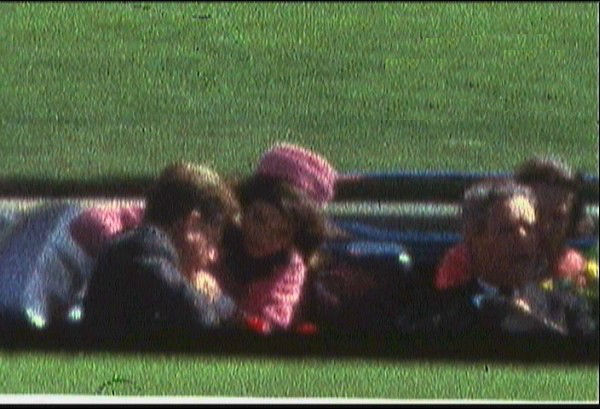
Fifty years ago today, which was of course long before smartphones with cameras, Abraham Zapruder filmed the assassination of President John F. Kennedy using his 8 millimeter color home movie camera. Not only did the Zapruder film become iconic, its subsequent treatment formed the basis for a later copyright case that presented some interesting issues.
A few days after the assassination, in exchange for $150,000, Zapruder assigned the copyright in the film to Life Magazine (actually its parent company Time Inc.). In 1967, Josiah Thompson wrote a book about the assassination that contained charcoal sketches copied from frames of the Zapruder film.
Time sued for copyright infringement. Defendants moved for summary judgment. The court granted the motion.
Among other things, defendants argued that the frames from the Zapruder film were not entitled to copyright protection in the first place because they lacked originality. The court rejected this argument, noting that:
The Zapruder pictures in fact have many elements of creativity. Among other things, Zapruder selected the kind of camera (movies, not snapshots), the kind of film (color), the kind of lens (telephoto), the area in which the pictures were to be taken, the time they were to be taken, and (after testing several sites) the spot on which the camera would be operated.
The case also had a fair use component. As is still the reality 50 years later, the court observed that “the [fair use] doctrine is entirely equitable and is so flexible as virtually to defy definition.” It cited an earlier decision that called the issue “the most troublesome in the whole law of copyright.”
The fair use analysis is particularly interesting in that it took place, obviously, before the 1976 Copyright Act, which codified the now well-known fair use factors. But it looked to the same language that is now in Section 107 of the Act, which then was merely a passed Hose Bill (H.R. 2512) but still under consideration by the Senate. It wasn’t until more than 10 years later that the factors actually became codified.
The court held that the fair use factors went in defendants’ favor. It noted the substantial public interest in having the fullest information available. And it concluded that people bought the book not for the Zapruder pictures, but because of the theory and explanation set forth in it, supported by the Zapruder pictures. Moreover, there was little, if any, injury to the copyright owner. There was no competition between plaintiff and defendants. And here is a theme that persists to this day, even as recently as the Google Book Search decision: “It seems more reasonable to speculate that the Book would, if anything, enhance the value of the copyrighted work; it is difficult to see any decrease in its value.”
Time Inc. v. Bernard Geis Associates, 293 F.Supp. 130 (D.C.N.Y 1968)
